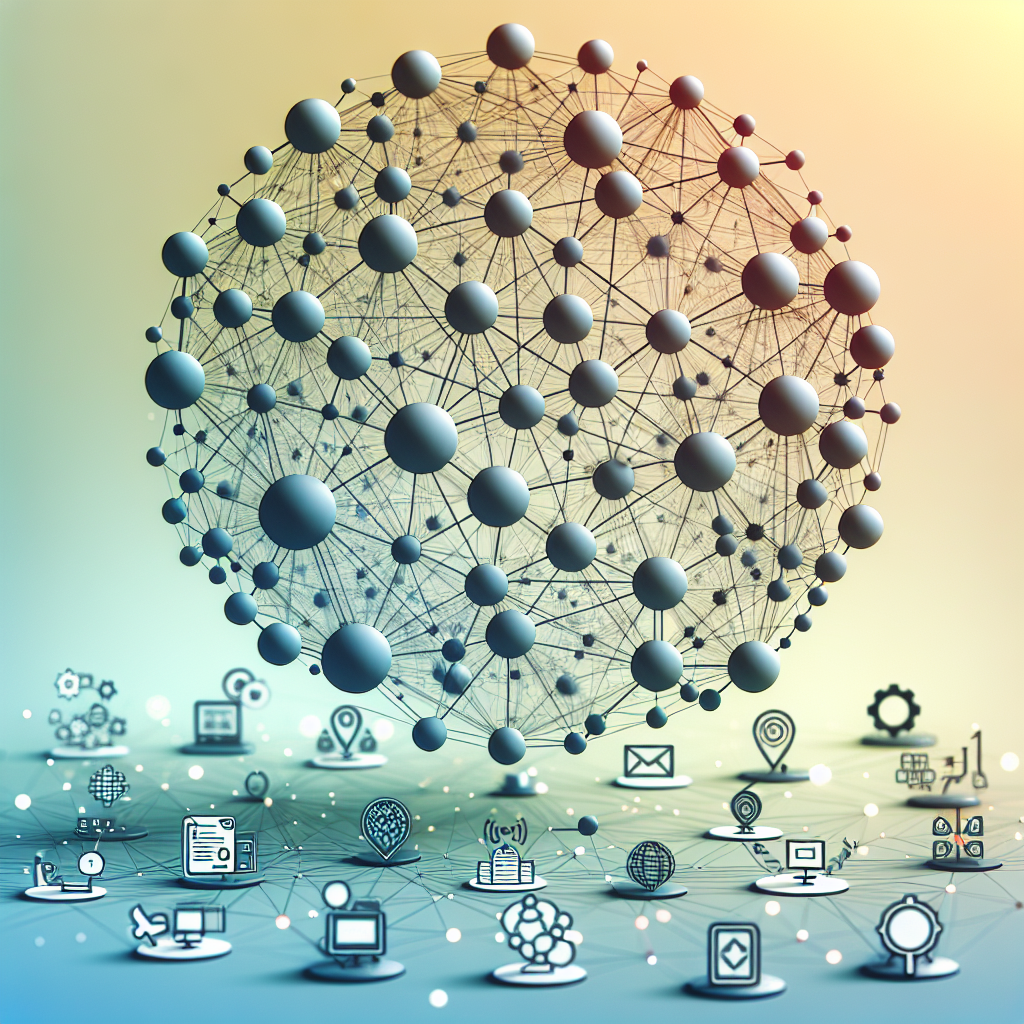Graph Neural Networks (GNNs) have emerged as a powerful tool for analyzing and modeling complex relationships in data. Originally developed for analyzing graph data such as social networks, citation networks, and biological networks, GNNs have found applications in a wide range of fields beyond computer science. In this article, we will explore some real-world applications and use cases of Graph Neural Networks in action.
1. Recommendation Systems: One of the most common applications of GNNs is in recommendation systems. By modeling the relationships between users and items as a graph, GNNs can effectively capture the preferences and interactions between users and items. This allows for more accurate and personalized recommendations, leading to improved user satisfaction and engagement.
2. Drug Discovery: In the field of pharmaceuticals, GNNs are being used to accelerate drug discovery by analyzing the complex relationships between molecules, proteins, and biological pathways. By leveraging the power of GNNs, researchers can identify potential drug candidates more efficiently and accurately, leading to faster development of new treatments for diseases.
3. Fraud Detection: GNNs have also been applied to the field of fraud detection, where they can analyze the relationships between entities such as accounts, transactions, and users to identify suspicious patterns and activities. By using GNNs, financial institutions can detect fraud more effectively and prevent losses due to fraudulent activities.
4. Social Network Analysis: GNNs have been widely used in social network analysis to identify communities, influencers, and trends within social networks. By modeling the relationships between individuals and their interactions, GNNs can provide valuable insights into the structure and dynamics of social networks, helping researchers and businesses understand social behavior and trends.
5. Traffic Prediction: GNNs have been applied to traffic prediction to model the relationships between road segments, traffic flow, and congestion patterns. By analyzing the complex interactions between different components of a transportation network, GNNs can accurately predict traffic conditions and optimize route planning for drivers and transportation agencies.
In conclusion, Graph Neural Networks have proven to be a versatile and powerful tool for analyzing complex relationships in data across a wide range of fields. By leveraging the capabilities of GNNs, researchers and practitioners can unlock valuable insights, make more informed decisions, and drive innovation in various industries. As the technology continues to evolve, we can expect to see even more exciting applications and use cases of Graph Neural Networks in the future.
#GNN #Action #RealWorld #Applications #Cases #Graph #Neural #Networks,gnn


Leave a Reply